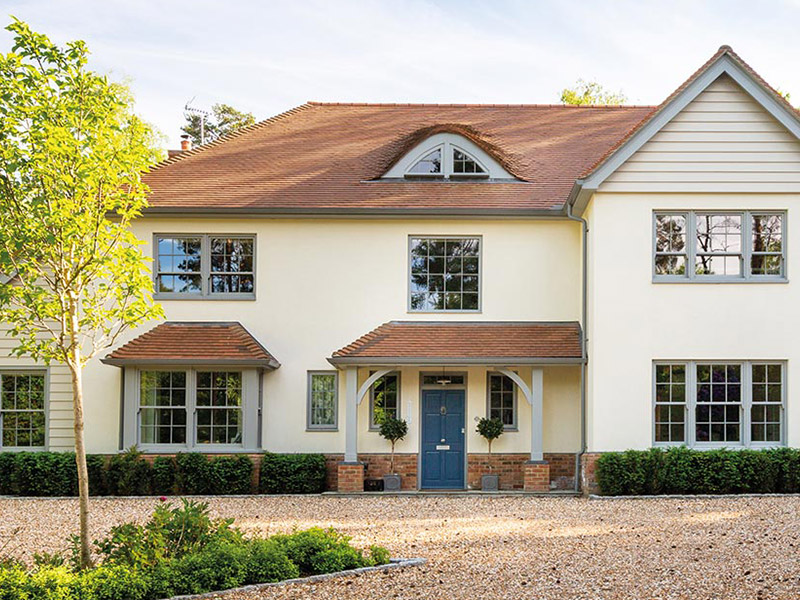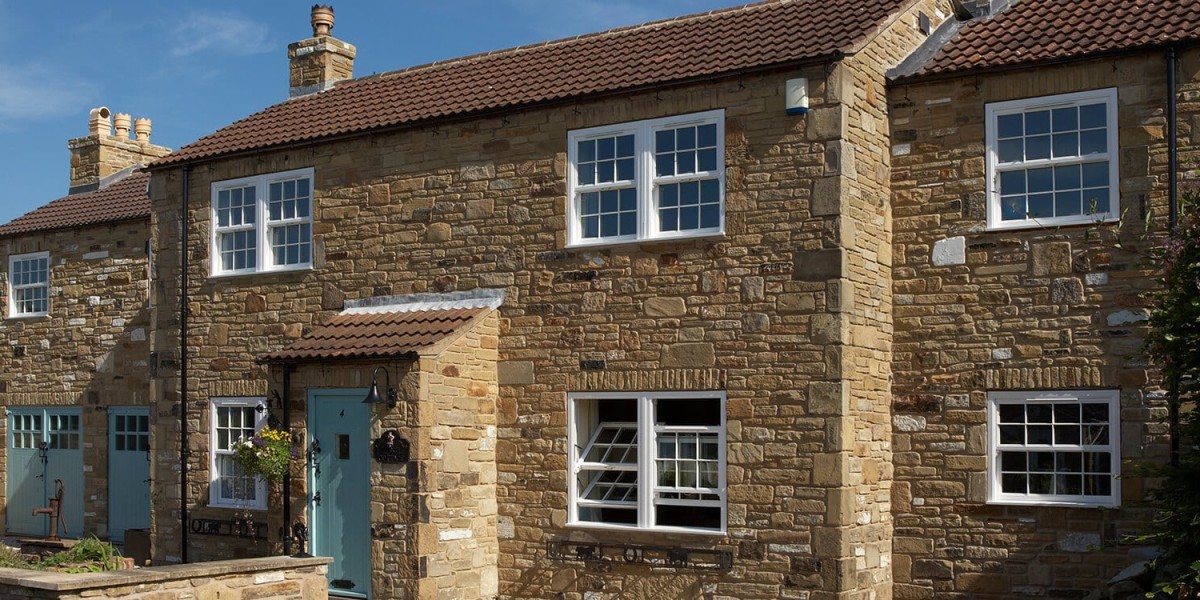Introduction
Windows are a crucial component of any building, providing natural light, ventilation, and aesthetic appeal. However, they are also subject to wear and tear from environmental factors, accidents, and age. Window repair is an essential maintenance task that can enhance energy efficiency, improve safety, and prolong the lifespan of windows. This article explores various techniques for window repair, the benefits of timely repairs, and best practices to follow.
Common Window Issues
Before delving into repair techniques, it is essential to identify common window issues that may require attention:
- Drafts and Air Leaks: Over time, seals can deteriorate, leading to drafts that compromise energy efficiency.
- Broken Glass: Accidental impacts or extreme weather can cause cracks or shatters in window glass.
- Rotted Frames: Wooden window frames are susceptible to rot, especially in humid climates or if they are not properly maintained.
- Difficult Operation: Windows that stick or are hard to open may indicate issues with the frame or hardware.
- Foggy or Condensation Issues: Insulated glass units can develop condensation between panes, indicating a failure in the seal.
Repair Techniques
1. Sealing Air Leaks
To address drafts, the first step is to inspect the window for gaps around the frame. Common materials for sealing include:

- Caulk: A flexible sealant that can be applied around the window frame to eliminate small gaps.
- Weatherstripping: This material is used to seal movable parts of the window, such as sashes and casements, to prevent air infiltration.
2. Replacing Broken Glass
When glass is broken, it is crucial to replace it promptly to maintain safety and energy efficiency. The steps involved in replacing broken glass include:
- Removing the Broken Glass: Carefully remove any shards and clean the frame.
- Measuring for Replacement: Accurate measurements are essential to ensure that the new glass fits perfectly.
- Installing New Glass: Use glazing points or clips to secure the new glass in place, followed by applying a bead of glazing compound for a weather-tight seal.
3. Repairing Rotted Frames
For wooden frames that have rotted, the repair process may involve:
- Cutting Out Rotted Sections: Use a chisel or saw to remove the rotted wood.
- Filling with Epoxy: A wood epoxy can fill in the gaps and restore structural integrity.
- Sanding and Painting: Once the epoxy has cured, sand it smooth and repaint the frame to protect it from moisture.
4. Addressing Difficult Operation
If a window is difficult to open, the issue may lie in the hardware or the frame. Steps to remedy this include:
- Lubrication: Apply a silicone-based lubricant to the tracks and hinges.
- Adjusting Hardware: Tighten or replace any loose screws or worn-out components that may be causing the issue.
- Realigning the Frame: Ensure that the window frame is square and properly aligned, making adjustments as necessary.
5. Fixing Foggy Windows
Foggy windows often indicate a broken seal in double-glazed units. Repairing these windows may involve:

- Defogging: Some companies offer defogging services that involve drilling small holes in the glass to remove moisture.
- Replacing the Entire Unit: In cases of severe seal failure, replacing the entire insulated glass unit is often the best long-term solution.
Benefits of Timely Window Repair
Addressing window issues promptly offers several benefits:
- Energy Efficiency: Sealing drafts and replacing broken glass can significantly reduce heating and cooling costs, leading to lower energy bills.
- Enhanced Safety: Repairing broken glass and ensuring secure frames can prevent accidents and injuries.
- Improved Aesthetics: Well-maintained windows enhance the overall appearance of a building, increasing its curb appeal.
- Prolonged Lifespan: Regular maintenance and timely repairs can extend the life of windows, delaying the need for costly replacements.
Best Practices for Window Maintenance
To ensure the longevity and functionality of windows, consider the following best practices:
- Regular Inspections: Conduct periodic checks for signs of wear, leaks, or damage. This proactive approach allows for early intervention.
- Cleaning: Keep windows clean to prevent dirt buildup that can lead to deterioration. Use appropriate cleaning products for both glass and frames.
- Weatherproofing: Before winter, inspect and replace weatherstripping to ensure maximum insulation.
- Professional Help: For extensive repairs or complicated issues, consider hiring professionals with experience in window repair.
Conclusion
Window repair is a vital aspect of building maintenance that can lead to significant benefits in terms of energy efficiency, safety, and aesthetics. Understanding common window issues and employing effective repair techniques can help homeowners and building managers maintain their properties in optimal condition. By following best practices and addressing repairs promptly, the longevity and https://investordiscussionboard.com/your-ultimate-guide-to-finding-the-best-double-glazing-installer-in-st-albans-tips-tricks-and-what-to-look-for/ performance of windows can be significantly enhanced, contributing to a more comfortable and efficient living environment.







